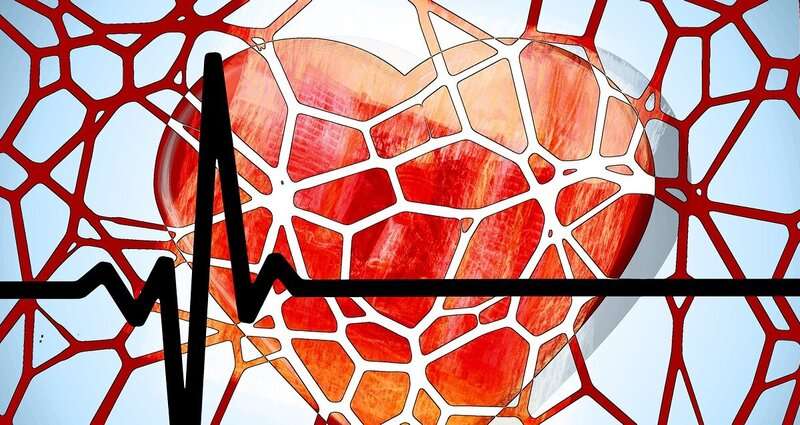

Although several artery-clogging diseases increase the risk of heart attack, prevention efforts are unequal, according to research presented today at the American Heart Association’s Quality of Care & Outcomes Research Scientific Sessions 2020. The virtual conference, May 15-16, is a premier global exchange of the latest advances in quality of care and outcomes research in cardiovascular disease and stroke for researchers, health care professionals and policymakers.
Researchers found that patients with peripheral artery disease or stroke were less likely than those with coronary artery disease to receive recommended treatments to prevent heart attack. All three are types of atherosclerotic cardiovascular disease. 2016 AHA/ACC guidelines recommend aspirin for patients with symptomatic peripheral artery disease to prevent major adverse cardiovascular events, while 2018 guidelines from multiple organizations note that statin therapy reduces the risk of atherosclerotic events.
Worldwide, cardiovascular disease is the leading cause of death and a major contributor to cardiovascular disease is atherosclerosis, which occurs when cholesterol, fat and inflammatory cells build up and form plaque that blocks the arteries and impedes blood flow.
Depending on the location of the blockage, atherosclerosis increases the risk for three serious conditions: coronary artery disease, stroke and peripheral artery disease. Coronary artery disease results from damaged heart arteries and can cause a heart attack. A common type of stroke occurs when clogged arteries block blood flow to brain. Peripheral artery disease results from damaged arteries in the extremities, often the legs, and can lead to pain during walking and, in severe cases, amputation.
“Our study highlights the need for public health campaigns to direct equal attention to all three major forms of atherosclerotic cardiovascular disease,” said senior study author Erin Michos, M.D., M.H.S., associate professor of medicine at the Ciccarone Center for the Prevention of Cardiovascular Disease at The Johns Hopkins University School of Medicine in Baltimore. “We need to generate awareness among both clinicians and patients that all of these diseases should be treated with aggressive secondary preventive medications, including aspirin and statins, regardless of whether people have heart disease or not.”
Since atherosclerosis can affect arteries in more than one part of the body, medical guidelines are to treat coronary artery disease, stroke and peripheral artery disease similarly with lifestyle changes and medication, including statins to lower cholesterol levels and aspirin to prevent blood clots. Lifestyle changes include eating a healthy diet, being physically active, quitting smoking, controlling high cholesterol, controlling high blood pressure, treating high blood sugar and losing weight. What was unclear was if people with stroke and peripheral artery disease received the same treatments prescribed for those with coronary artery disease.
This study compared more than 14,000 U.S. adults enrolled in the 2006-2015 Medical Expenditure Panel Survey, a national survey of patient-reported health outcomes and conditions, and health care use and expenses. Slightly more than half of the patients were men, the average age was 65, and all had either coronary artery disease, stroke or peripheral artery disease. These individuals were representative of nearly 16 million U.S. adults living with one of the three forms of atherosclerotic cardiovascular disease.
Compared to participants with coronary artery disease:
- participants with peripheral artery disease were twice more likely to report no statin use and three times more likely to report no aspirin use;
- additionally, people with peripheral artery disease had the highest, annual, total out-of-pocket expenditures among the three atherosclerotic conditions;
- participants with stroke were more than twice as likely to report no statin or aspirin use; and
- moreover, those with stroke were more likely to report poor patient-provider communication, poor health care satisfaction and more emergency room visits.
“Our study highlights a missed opportunity for implementing life-saving preventive medications among these high-risk individuals,” Michos said. “Peripheral artery disease and stroke should generally be treated with the same secondary prevention medications as coronary artery disease.”
Source: Read Full Article